
Homemade Ricotta? No way! Whey! I used the really cool buttermilk as acid method from the Culinary Institute of America’s Chef Josh Anderson. The more common way is to use lemon juice as the acid.
Cheese can seem like such a mystery, but in its’ simplest form … it’s just that … simple. All cheese starts with milk. It’s usually milk from cows, goats, or sheep. The next step is to curdle the milk, usually with rennet. Rennet is an enzyme used to coagulate milk, in order to form a thick curd. It is naturally occurring in the stomach of a calf, lamb or goat while their diets are still limited to milk. There is also a vegetable form of rennet, but enough about that as we’re not even going to use it to make the “fresh cheese” that is ricotta.
Ricotta Cheese
Equipment
- Cheese cloth
- Instant read thermometer
- Strainer
Ingredients
- ½ gallon Whole Milk
- 1 pint Buttermilk
- 2 tsp Salt
Instructions
- On medium/high heat bring milk to 180 degrees. Check temperature with an instant read thermometer.
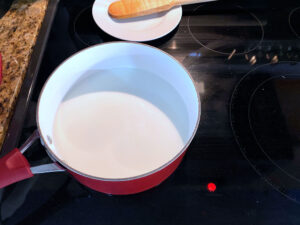
- Add salt
- Add the pint of buttermilk, and bring back to 180 degrees.
- When curds start to form, start removing them with metal strainer so they don't get too hard.
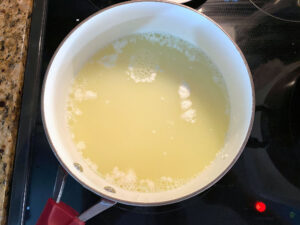
- Put through another strainer lined with cheese cloth.
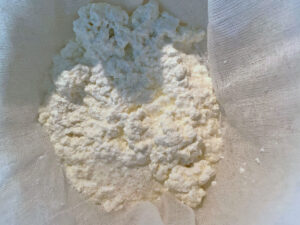
Notes
This is great for making lasagna, ravioli, and cheese tortellini amongst many other tasty uses. I like this recipe for cheese tortellini over at Culinary Ginger.
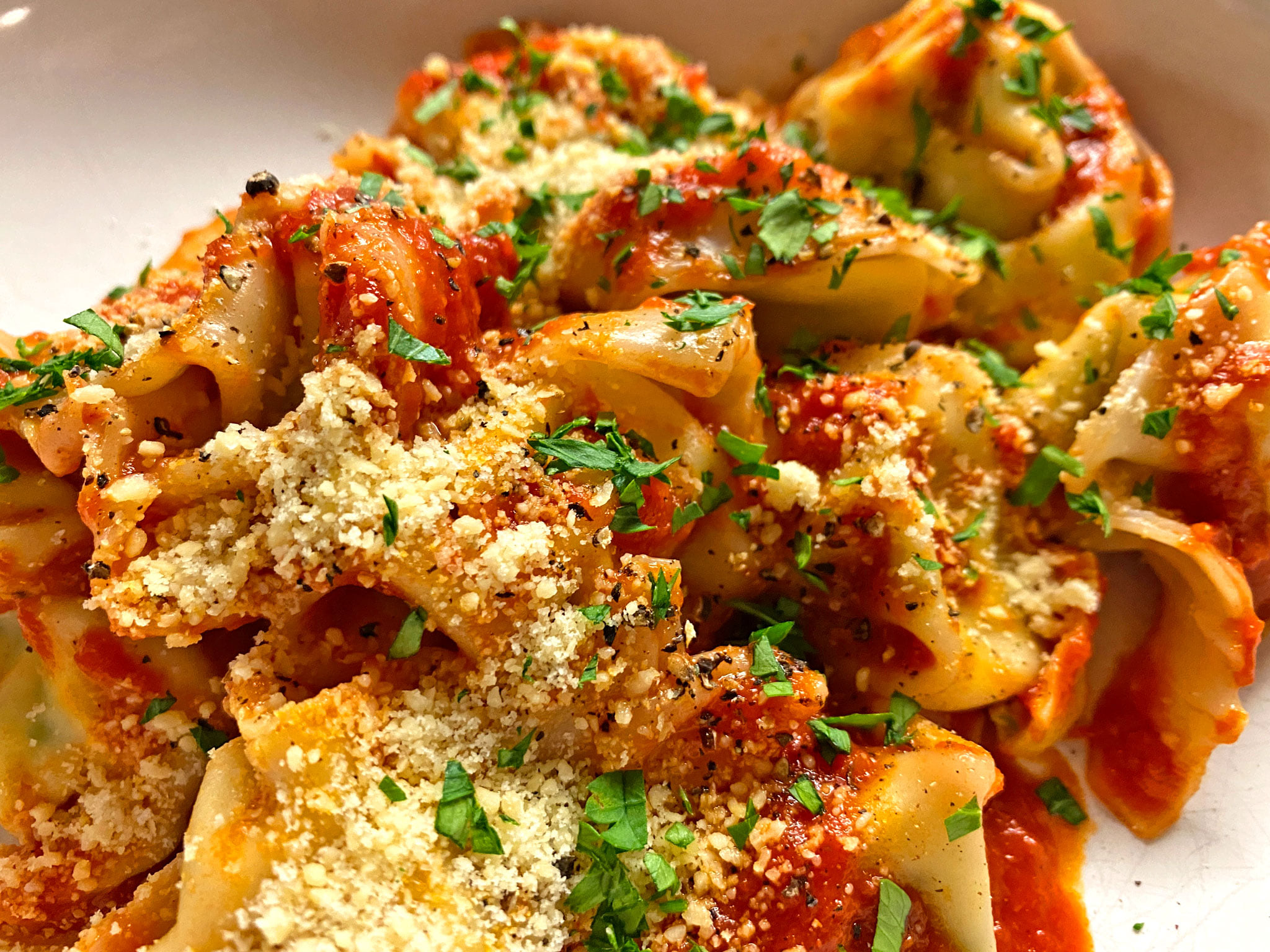
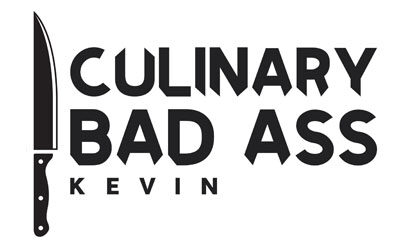

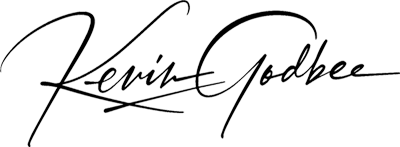
I just made this and it’s fantastic. I’ve never liked ricotta until this moment. Cue: applause. (NOTE: I followed the suggestion to use lemon juice if there weren’t enough curds. Worked like a charm.)
I’m so glad you liked it Blaine! I never thought I’d get a raving comment on a ricotta recipe. I’m glad I published it now.